Scorpion Pest Services
There is one type of scorpion in the entire western U.S that has venom harmful to humans. This scorpion is the one we see the most here in Arizona: the bark scorpion. The Arizona bark scorpion can live up to 7 years and if left uncontrolled the infestation will continue to grow. Bark scorpions are known for being incredible climbers. They are able to climb walls and ceilings, making it possible for them to drop into beds and into cribs. The sting of a bark scorpion is the most dangerous to small children, elderly adults and anyone who is allergic to the venom. Antivenom is available to treat these stings.
We specialize and guarantee scorpion control at Allied Pest Solutions. Our expert pest control technicians offer many services and techniques that will effectively rid your house of these ugly dangerous creatures.
Most common types of Scorpions found in Arizona:
[su_tabs active=”12″ vertical=”yes”]
[su_tab title=”Bark Scorpion”]

The Bark Scorpion is long and thin with a long thin metasoma (stinger/tail) when its relaxed its coiled inward
[/su_tab]
[su_tab title=”Yellow Ground Scorpion”]

The Yellow Ground Scorpion is very similar to the bark scorpion but smaller and lighter in color
[/su_tab]
[su_tab title=” Arizona Desert hairy scorpion”]

They are the only American scorpions to have such dense hair coverage. Their colors are also a unique trait — while their appendages are yellowish in color, their dorsal areas are usually quite dark.
[/su_tab]
[su_tab title=”Stripped Tail Scorpion”]

The Arizona stripetail scorpion is the most common type of scorpion found in Arizona. It boasts a lustrous and robust metasoma and a striped dorsal area that ends with a spinoid granule.
[/su_tab]
[su_tab title=”Bark Scorpion Blacklight”]
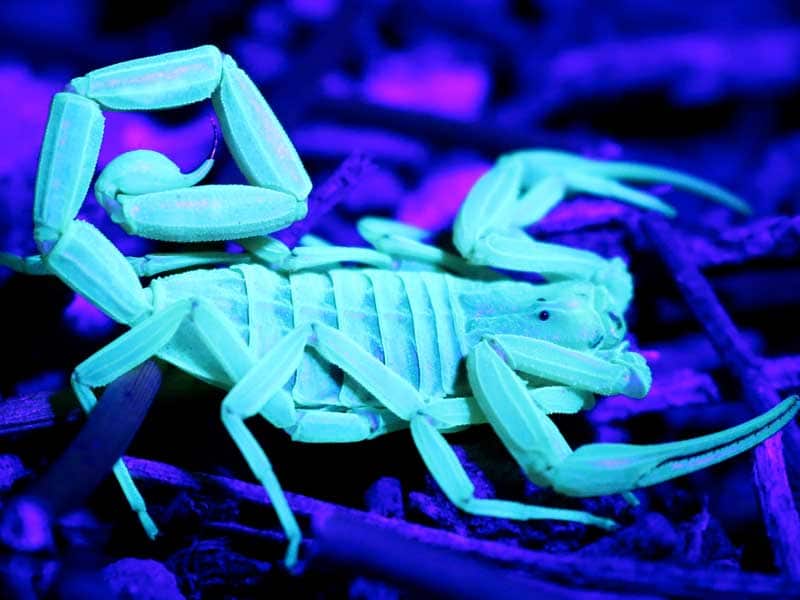
Bark Scorpion under black light
[/su_tab]
[su_tab title=”1/16 Thickness”]

Scorpions only ne 1/16 of an inch to get into your house, that is a credit card thickness
[/su_tab]
[su_tab title=”Bark Scorpion Young”]

Bark Scorpion with her young on her back
[/su_tab]
[su_tab title=”Bark Scorpion Young”]
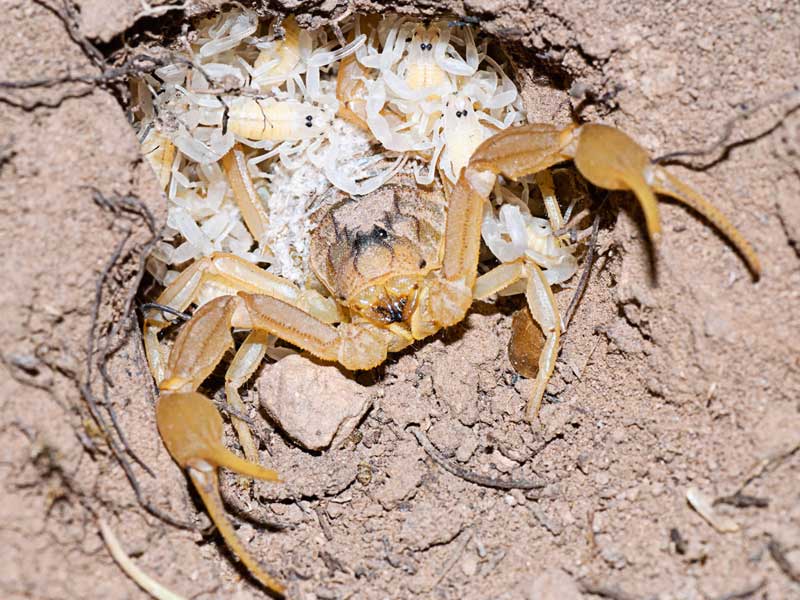
Bark Scorpion Young in a nest
[/su_tab]
[su_tab title=”Scorpion Home”]
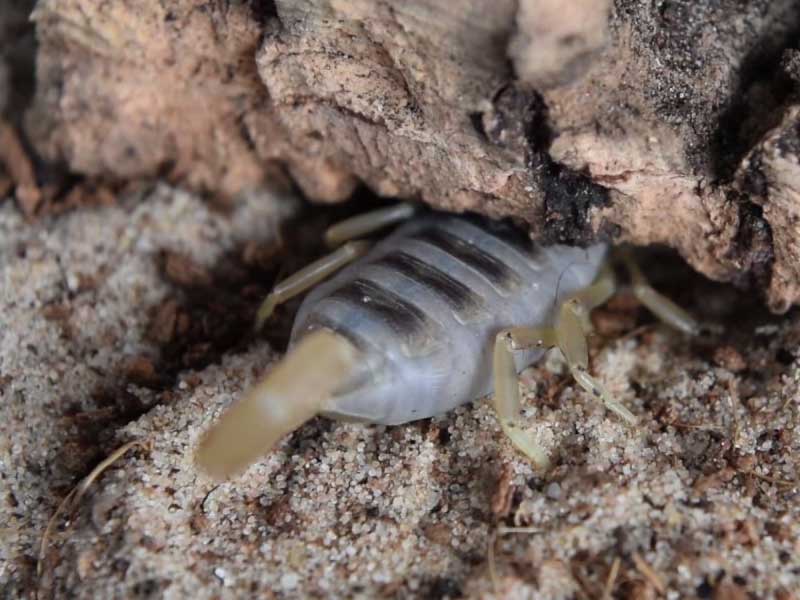
Scorpion making a new home for itsself
[/su_tab]
[su_tab title=”Bark Scorpion Stings”]
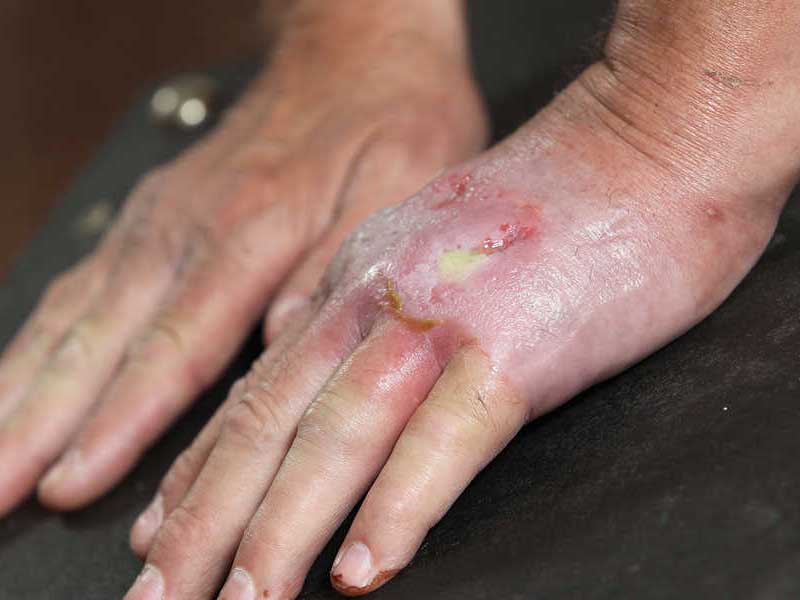
Bark Scorpion Stings
[/su_tab]
[su_tab title=”Bark Scorpion Stings”]

Bark Scorpion Stings
[/su_tab]
[su_tab title=”Scorpions under UV light”]
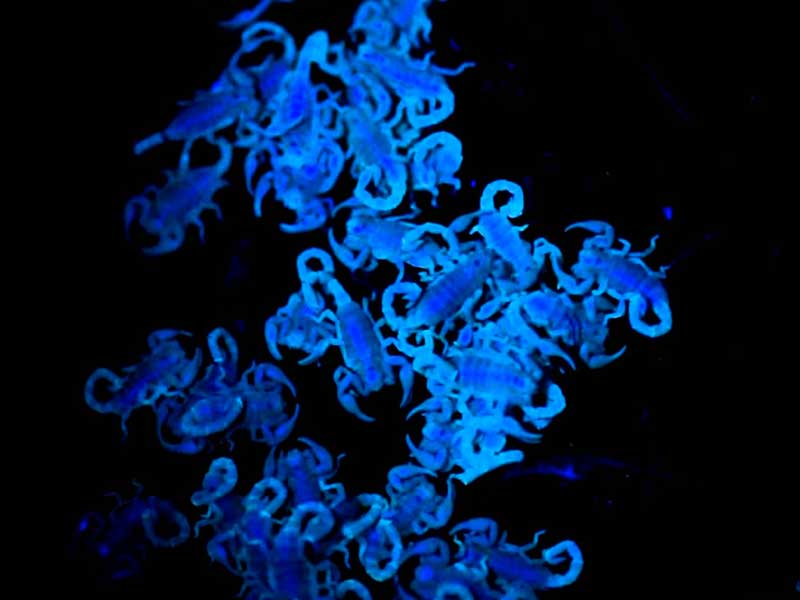
Scorpions under UV light
[/su_tab][/su_tabs]
Here at Allied Pest Solutions we want you to know when and where you may find scorpions in and around your home. Scorpions generally:
- Feed At Night
- Enjoy a Variety Of Food, Such As Crickets and Other Small Insects
- Are Found In Irrigated Areas, Including the Pool Or Shower
- Hide Under Objects Such As Rocks, Piles of Brush and Can Be Found In Crawlspaces
- Can Fit Into Any Space Greater Than 1/16″ (the Width Of a Credit Card)
- Are Not Deterred By Regular Pesticides
In the event you are ever stung by a scorpion, we want you to know exactly what a scorpion sting looks and feels like. You may have be stung by a scorpion if you notice:
- Sensitive Skin
- Local Burning Pain
- Slurred Speech
- Breathing Problems

